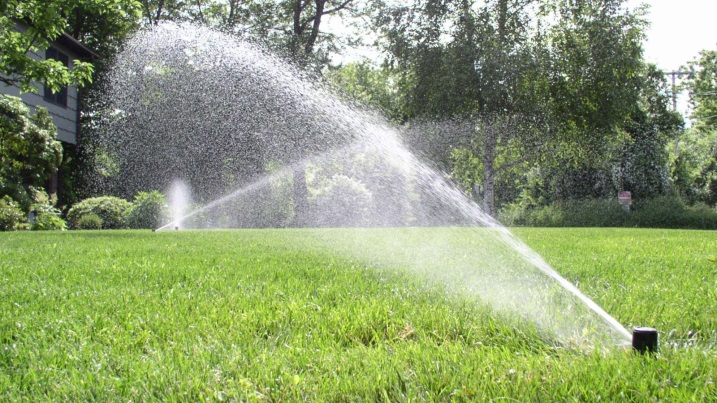3 Sustainable Landscaping Ideas for Lawns
Sustainable landscaping: you may have heard of it. It's been buzzing around the lawn and garden community for quite a while, and for good reason. According to the University of Delaware, "a sustainable landscape is a stable and productive ecosystem that conserves the physical and biological processes occurring on that landscape." The main goals include conservation of water and energy, decreased waste and runoff, and a design that offers a renewable lifestyle.

Because of its importance, sustainable landscaping and lawn care has grown in demand among homeowners over the years. Not only is it good for the environment, but sustainable landscaping also cuts down significantly on your lawn maintenance duties, including lawn mowing, if you decide to fill your yard with native plants that encourage your ecosystem to thrive.
These are three of our favorite sustainable landscaping ideas that can be incorporated into lawns:
Low Water Plants
In order to save water, be sure to add low water plants into your yard, in between pavers, and in places that need to be filled out. These include honey bush, Monterey cypress, black-eyed Susans, fountain grass, gaura, blue star creeper and red carpet. Be sure to choose plants that thrive in your area and attract local bugs and bacteria. The accommodating bugs and bacteria will ensure that your soil-an essential resource for your landscape's vitality-is healthy and can help your plants thrive.
Replace Harmful Materials
There are materials that may be harmful to your yard and the ecosystem. They include high-chemical fertilizer, old railroad ties that have the chemical creosote, herbicides, and others. Once you remove these and other harmful materials, you can breathe easier knowing your yard is helping—not hurting—the earth.
Use Salvaged Stone
Do you know where to find the perfect pavers for your patio or front walkway? The dumpster! Dumpsters can be full of granite remnants, bricks, and other helpful objects to turn your patio floor into a piece of art. Plus, by using stone that is already existing (and simply filling up dumpsters), you are recycling materials, which is a major plus in sustainable landscaping.


